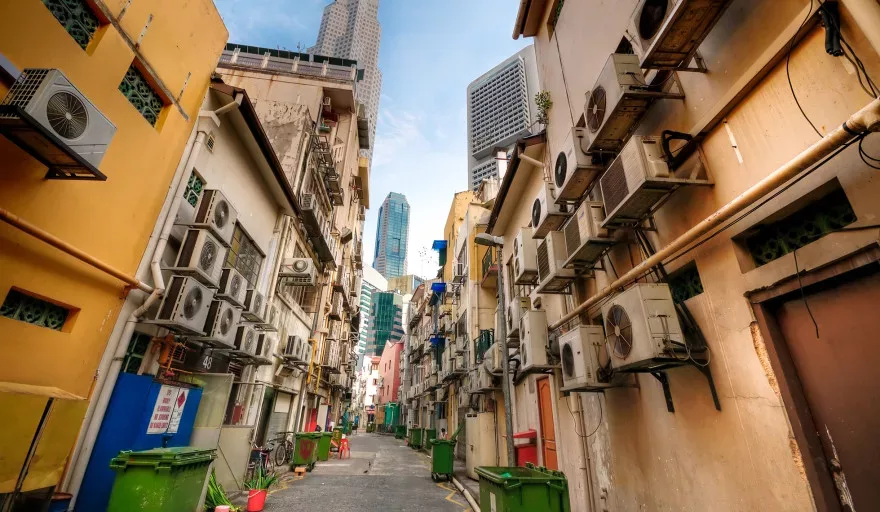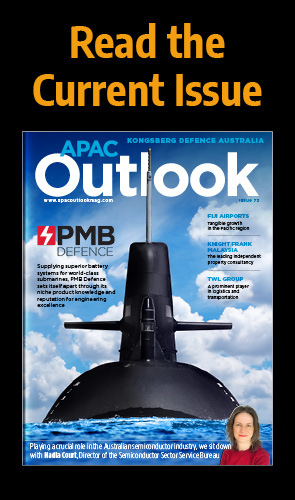Singapore is a green city that thrives on diversity, sustainability, and technology, but it is not without its environmental issues.
SUSTAINABILITY IN SINGAPORE
There are two major figures that hammer home the size of Asia: the continent covers roughly 30 percent of all landmass on earth, and (more staggeringly) it is home to over 4.6 billion individuals. As it contains almost 60 percent of the globe’s total population, there is no wonder why the region is the largest contributor to industry, individual, and other forms of global waste.
China, with a population exceeding 1.4 billion individuals alone, is the greatest polluter on the planet (twice as high as the US), with India placed third and Japan in fifth. Not all of this comes down to vehicle emissions, but also the huge level of production and manufacturing active in these nations, and on top of this the lack of industry-wide alternative and greener methods of business that companies have to abide by in the likes of Europe.
Asian industry provides resources and products on a tremendous scale all over the globe – the gathering and obtaining resources, production, shipping, and transport is without a doubt taxing on the environment, and due to a lack of government restrictions many damaging industry practices remain commonplace.
For example, while industrial use of natural gas as a power source is increasing across Asia, fossil fuels remain the cheapest (and therefore the most popular) source of energy.
Alongside this, with huge urban populations, the products necessary to the basic survival of everyday individuals often come with some form of plastic packaging – something that too often finds its way into the ocean, landfills, or incinerators rather than recycling plants.
Bottled water, for example, becomes an absolute necessity for the population of countries like India whose urban water sources remain unfit to consume directly.
LAND LIMITATION
It is when we examine proportionate waste that we turn to an Asian nation that punches above its weight.
Singapore is one of the most efficient and prosperous places in the region. And although it sits as a geographically small country, it produces more waste per person than most.
The sovereign island city-state had a population of around 5.6 million in 2018, and this is estimated to have risen beyond 5.8 million in 2020 – a highly condensed collective urban population. Its 63 islands cover a landmass of just over 700 kilometres-squared, and yet it is one of the highest waste producers proportionally compared to other Asian countries.
Consumers in the city-state produce more waste per person than almost anywhere. And, surprisingly, the nation has only touched lightly on the subject of sustainability compared to its Asian counterparts (and other countries around the globe). Aside from expanding visibly greener space and weaving nature throughout the metropolis (Singapore is known as the “Garden City” after all), the nation comes with a host of waste issues.
On the ground it would not seem like Singapore is a nation known for its wastage. Its streets, waterways, and public spaces are notoriously clean due to the well organised and efficient rubbish collection systems the city has in place. And it strives to promote the aforementioned green space through architectural examples such as its Gardens by the Bay, and the host of “Supertrees” that stand as grand designs and an innovative symbol of the city.
However, beneath the surface waste is an issue. One example is the city’s only landfill site. As a nation restricted for space, the landfill has become something of a problem. A rising population, increased consumption, and continually climbing amount of rubbish sent to the site has made the landfill a ‘time bomb’ threatening to overflow.
In line with this, Singaporean corporations have been similarly relaxed when it comes to ecological methods of practice and waste production. Retailors are reluctant to introduce a cost on single-use plastic bags due to the fear of the resulting upset of the cost-conscious consumer, although this single-use plastic waste makes up a substantial percentage of the nation’s total domestic waste. This remains a highly debated topic in Singapore.
Even when rubbish is collected much of it is incinerated thereby creating its own problems for the global environment.
The nation’s government is lagging behind the likes of Hong Kong, Malaysia, and Thailand on the subject of combatting plastic waste. In 2018, only four percent of the nation’s plastics were recycled. The single-use waste of this kind often doubles up as useful material for alternative waste or other everyday uses.
ECOLOGICAL EFFORTS
Although single-use plastics remain a problem, there are plans at work to combat such issues. The city-state’s government plans to increase education surrounding single-use plastics to aid the reduction of plastic waste. This is designed to have a wider reaching effect through mindful use of plastic rather than a forced reduction of it.
One of Singapore’s largest supermarkets, FairPrice Group, is to explore methods of plastic waste reduction while maintaining product safety and quality. This plan is occurring alongside the nation’s extended producer responsibility (EPR) framework that the country seeks to begin by 2025.
The framework will combat plastic and packaging waste by requiring companies to take full responsibility for the lifecycle (including the ability of disposal) of all packaging that these companies produce for products – a direct and hands-on approach that will force firms to go greener.
As for emissions caused by individual vehicles and those who use them, in 2017 the city-state boasted a public transport mode share of 66 percent. This target was set to rise to 75 percent by 2030. 2020 has seen the outbreak of COVID-19 that had stumped the overall use of transport of both kinds for a while.
Indeed, 2020 saw a large reduction of emissions in cities across the globe due to the “lockdown” period, with new methods of working in place being accepted globally as the new norm. Especially for a city as technologically advanced as Singapore, the arrival of widespread digital working methods has been an easy transition and one that is beneficial to the environment.
As well as this, the promotion of green space continues to grow in accordance with Singapore’s aim to become the world’s greenest city. It is known for having planted some three million trees across its cityscape, including an area of rainforest rich in biodiversity at the island’s centre, providing a home to wildlife that could otherwise be displaced and threatened.





















